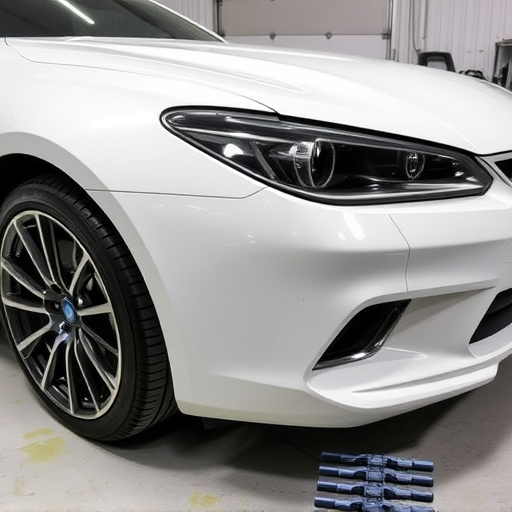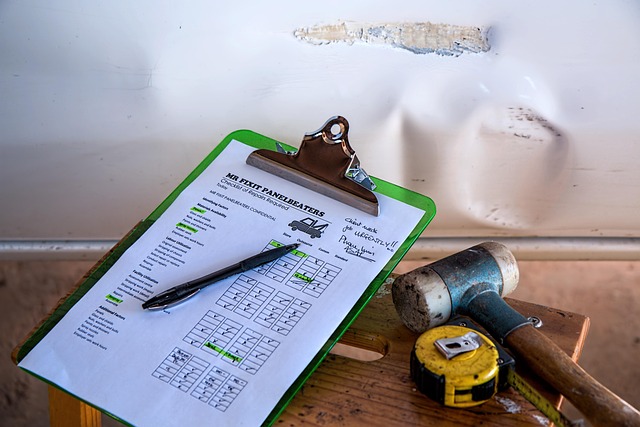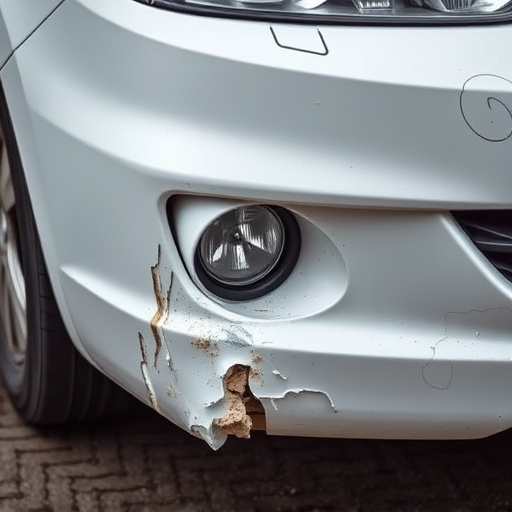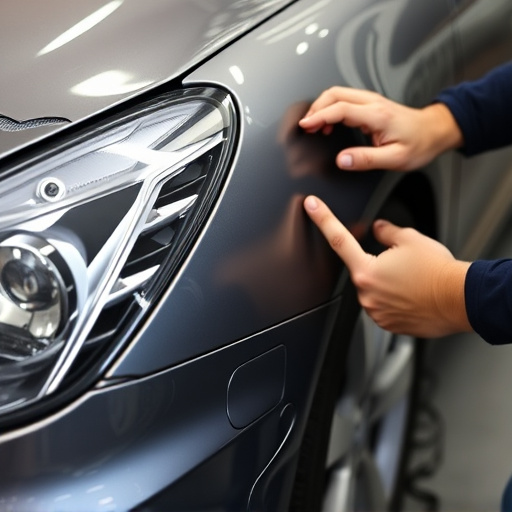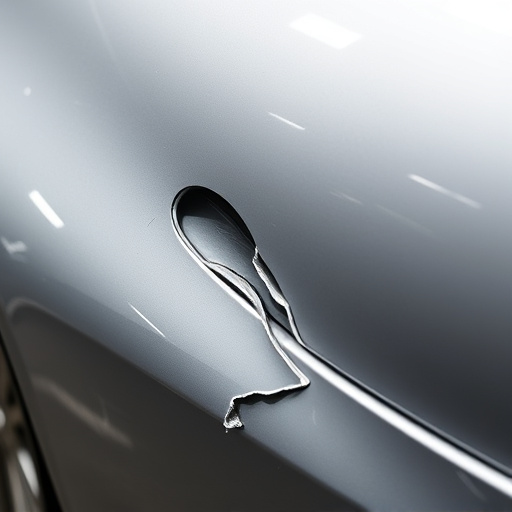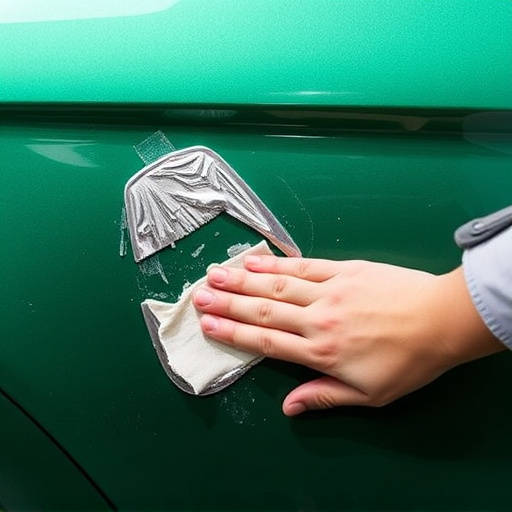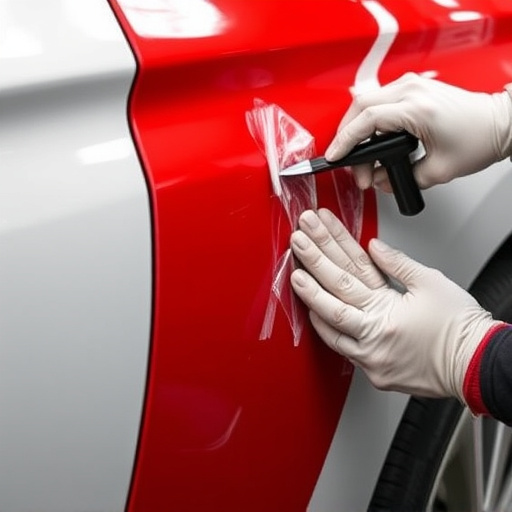Mercedes head-up display (HUD) calibration ensures driver safety and comfort by precisely positioning vital vehicle data on the windshield, aligning with the driver's line of sight. This process involves adjusting settings within the infotainment system, seat and mirror positions, and verifying optimal projection without diverting gaze from the road. Accurate calibration is crucial for personalized driving experience, defensive driving techniques, and collision repair services.
Mercedes’ advanced Head-Up Display (HUD) enhances driver experience, projecting vital info onto the windshield. However, for optimal visibility and safety, proper calibration is essential, especially when adjusting your driving position. This article guides you through the process of calibrating your Mercedes HUD, focusing on height adjustments to ensure clear, safe displays tailored to your seating position. By following these steps, you’ll optimize your vehicle’s technology for a personalized, secure driving experience.
- Understanding Mercedes Head-Up Display Functionality
- Calibration Process: Step-by-Step Guide for Drivers
- Optimizing Safety: Height Adjustments Explained
Understanding Mercedes Head-Up Display Functionality
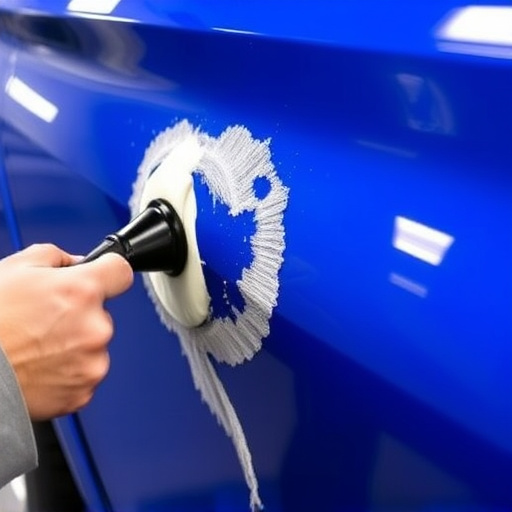
The Mercedes Head-Up Display (HUD) is a cutting-edge technology designed to enhance driver safety and convenience by projecting essential vehicle information onto the windshield. This innovative feature displays critical data like speed, navigation directions, and engine metrics directly in the driver’s line of sight. Calibration plays a pivotal role in ensuring the HUD functions optimally for each driver, regardless of their height or seating position.
Proper Mercedes head-up display calibration ensures that the projected images are correctly positioned and sized relative to the driver’s perspective. This is particularly important as it allows drivers to easily view essential information without having to look away from the road. A well-calibrated HUD promotes safer driving habits, reduces eye strain, and enhances overall vehicle performance, making it a key aspect of any collision repair or car body restoration service at reputable vehicle body shops.
Calibration Process: Step-by-Step Guide for Drivers
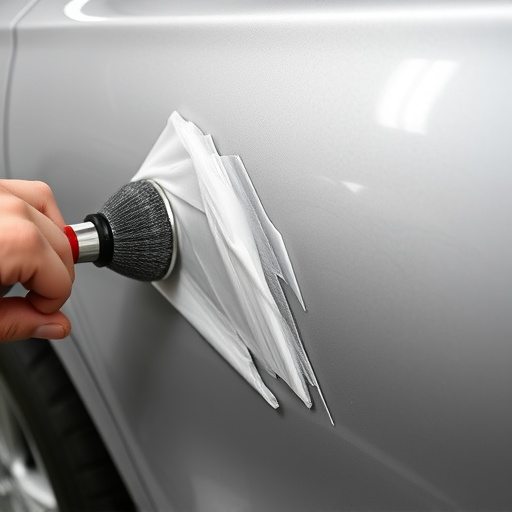
Mercedes head-up display calibration is a process that allows drivers to personalize their in-cabin experience by adjusting the display’s position relative to their line of sight. This ensures optimal visibility while driving, enhancing safety and comfort. The calibration process involves several easy steps that every driver can follow.
First, locate the calibration settings within your Mercedes’ infotainment system. This is typically done through the vehicle’s menu options. Next, use the steering wheel controls or touchscreen to initiate the calibration routine. You may be prompted to adjust your seat and mirror positions for optimal viewing. Once calibrated, the head-up display will project vital driving information at a height that aligns with your line of sight, making it easier to monitor speed, navigation, and other critical data without taking your eyes off the road—a significant advantage during busy commutes or in case of a fender bender. Following this step-by-step guide ensures your Mercedes head-up display is tailored to your specific driving needs, contributing to a safer and more enjoyable ride, especially when utilizing body shop services for vehicle body repair.
Optimizing Safety: Height Adjustments Explained
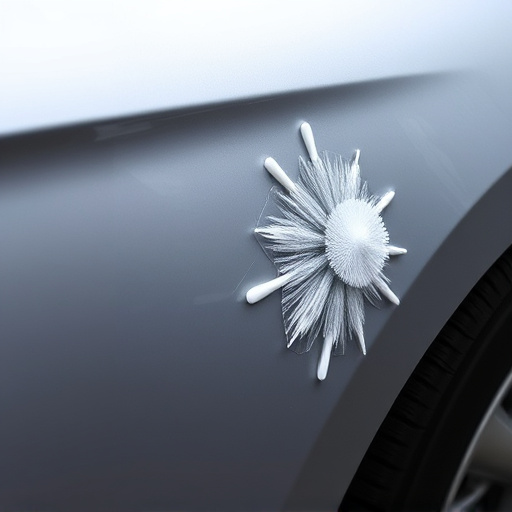
Optimizing Safety: Height Adjustments Explained
The Mercedes head-up display (HUD) is a sophisticated feature designed to enhance driver safety by projecting essential information onto the windshield. For this system to function at its best, proper calibration is crucial, especially when it comes to driver height adjustments. By customizing the HUD settings according to the driver’s height and eye level, the display ensures that critical data like speed, navigation directions, and warning symbols are accurately positioned for optimal viewing—a key factor in maintaining safety while driving.
This process involves precise calibration to account for variations in driver stature. Mercedes vehicles equipped with HUD systems typically offer adjustment options within their infotainment settings, allowing owners to tailor the display to their personal preferences. Correctly calibrating the head-up display not only improves visibility but also prevents distractions, ensuring that drivers can keep their eyes on the road and their hands securely on the steering wheel—an essential aspect of defensive driving, whether it’s for a classic car restoration or addressing hail damage repair needs and subsequent bodywork services.
Mercedes head-up display calibration is a simple yet crucial process that ensures optimal visibility and safety while driving. By following the step-by-step guide provided, drivers can easily adjust their display according to their height, enhancing their overall driving experience. These adjustments are essential for maximizing safety, especially during long drives or in varying lighting conditions. With this quick calibration, folks can navigate with enhanced clarity and confidence, making their Mercedes a true testament to modern automotive technology.
